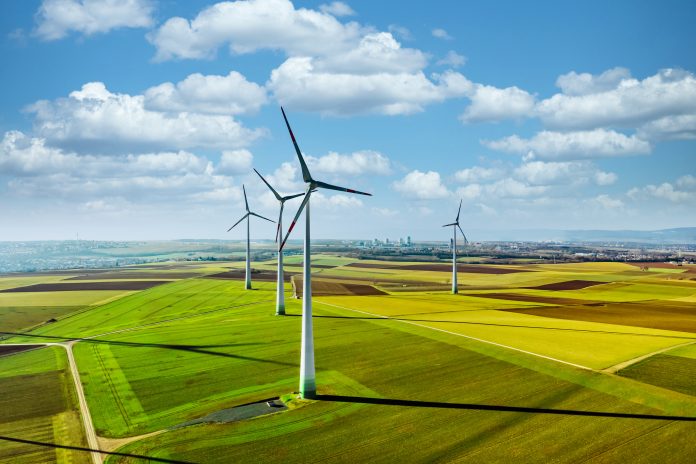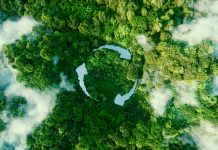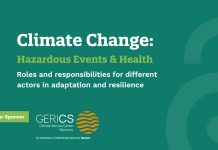As the European Union’s efforts to meet its 2030 climate, sustainability and environmental goals progress, some key areas remain behind
A recent report by the European Environment Agency (EEA) has shown that although there have been improvements in certain sectors, the EU is still not on track to achieve several critical targets in the 8th Environment Action Programme (8EAP).
The 8EAP sets the way for the EU’s environmental policies through 2030, with the long-term goals of living within planetary boundaries.
Meeting the EU’s environmental goals: Climate and sustainability
The assessment of the EU’s progress is based on 28 key indicators that cover a wide range of areas, such as climate neutrality, a resource-efficient economy, reversing biodiversity loss, and cutting pollution.
The findings have shown mixed results, on the one hand, there has been encouraging progress in reducing greenhouse gas emissions, improving air quality, and fostering a greener economy through green finance and eco-innovation
These areas show that the EU is moving in the right direction toward its 2030 goals, particularly in efforts to reduce pollution and boost green energy transitions.
The report did, however, emphasise that many targets are far from being met, and some are in danger of not being reached by 2030.
Environmental goals: Areas that need more focus
It was noted that reducing greenhouse gas emissions from land use, land use changes and forestry are considered off-track.
There is also a lack of progress in boosting the circular economy, with targets to double circular material use and ensure 25% of farm fields are farmed organically, both deemed unlikely to be met.
The EU’s consumption footprint, a major environmental concern, also remains a challenge, as efforts to reduce it have not shown the necessary momentum. Despite recent decreases, energy consumption and the promotion of renewable energy are also not advancing as expected.
The need for more decisive actions
The report stresses that while improvements have been made, the pace of change is not fast enough to meet the ambitious environmental goals of the European Green Deal.
Stronger implementation of existing policies, the introduction of new measures, and adequate financing could help reverse the current trends.
The assessment’s key message is the urgency to implement policies that can drive substantial change, such as boosting water resilience and accelerating the circular economy. Without these adjustments, achieving the EU’s long-term vision of a sustainable future looks uncertain.
Future sustainability
The report highlights that certain enabling conditions for a sustainable transition are on track, like the growing green finance sector, which supports investments in eco-friendly projects.
This is an encouraging sign that the necessary infrastructure to support sustainability is being established. However, it is still clear that a more integrated approach is needed to ensure environmental policies are implemented across all sectors effectively.
Along with environmental challenges, there is an urgent need for coordinated action at the EU level and among Member States. The 8EAP framework is designed to engage governments, stakeholders, and administrators in the collective effort to meet these goals, but its success depends on consistent action and political will. To achieve the 2030 targets, there needs to be a focus on more proactive policy action and addressing gaps where progress has slowed.











